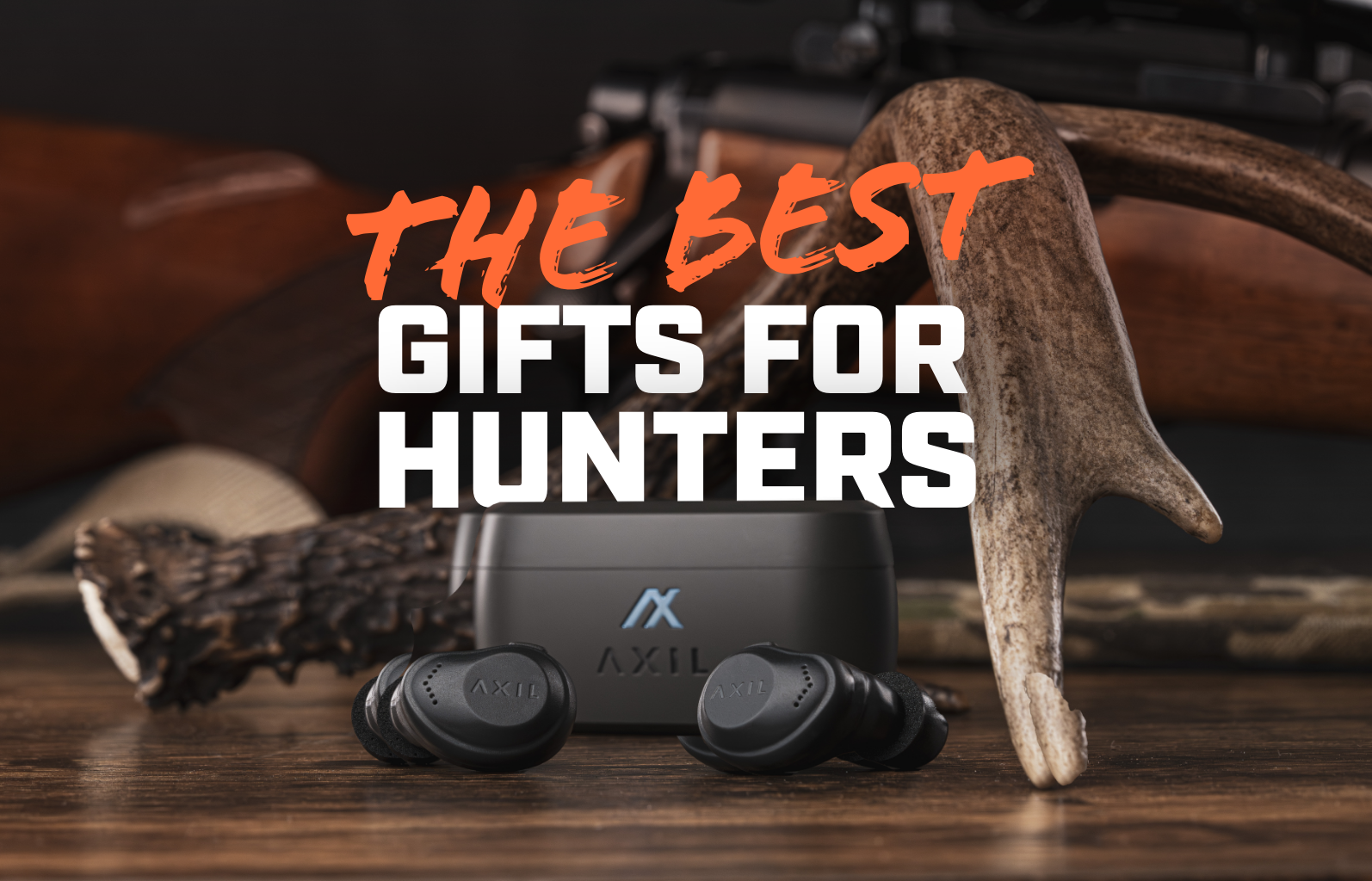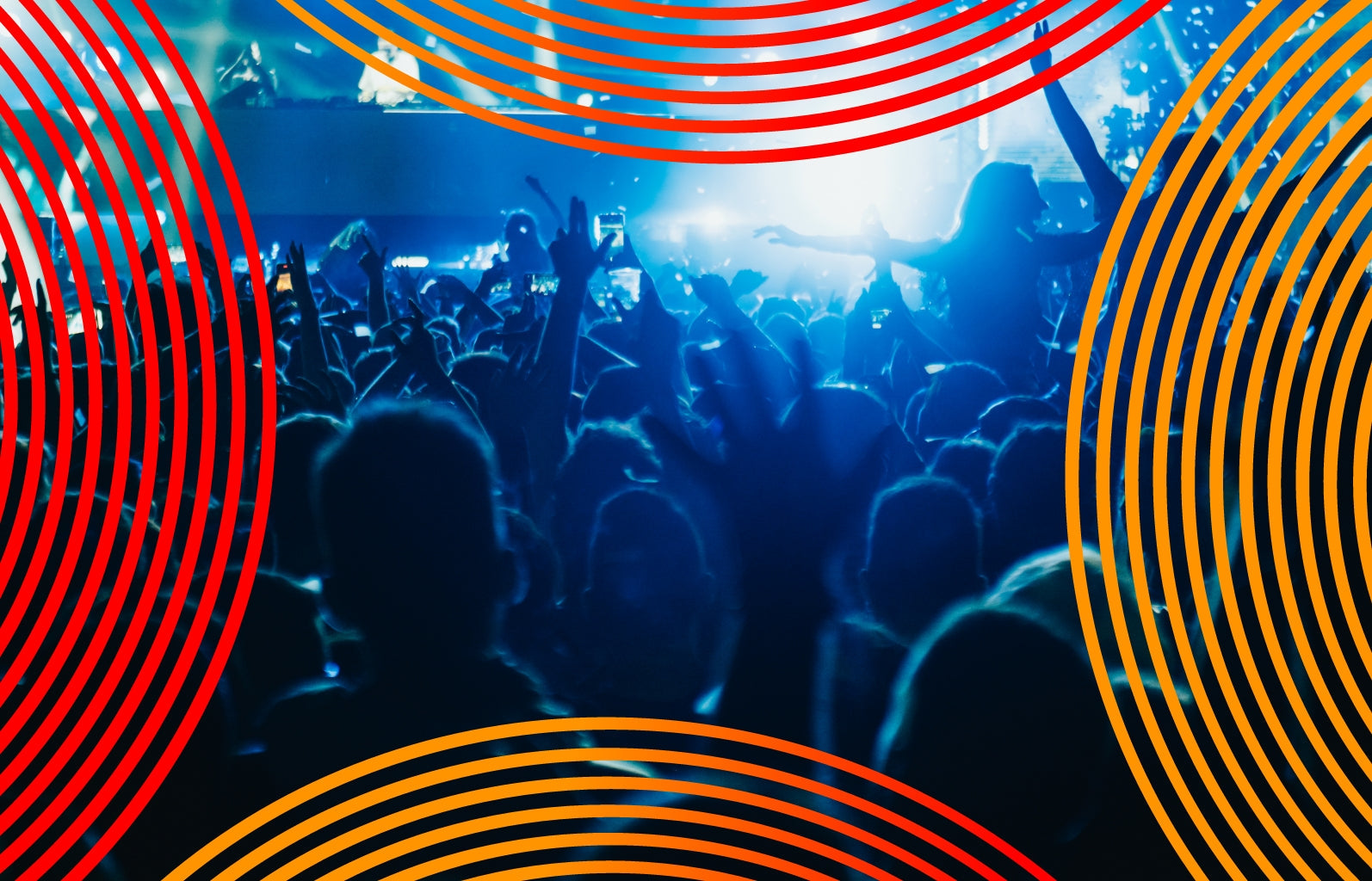Hunting seasons in the United States are deeply rooted in tradition, passed down through generations. However, season dates, regulations, and gear requirements evolve regularly. While deer season in the fall is nearly universal across states, other seasons like spring turkey season, varmint, and game birds differ. Hunters must stay updated on season dates, bag limits, and equipment regulations to remain compliant and safe.
Preparation goes beyond equipment—it’s about respecting the land, public lands, and private land boundaries. Knowing when to hunt specific species, such as white-tailed deer, antlerless deer, antlered buck, or wood ducks, and how to navigate varying regulations in select counties is crucial.
Understanding Regional Hunting Seasons and Game
Generally, in the United States, hunting is most popular in the fall. However, specific dates are strictly enforced and can change and be altered by individual states, with the stated objective being the conservation of wildlife. White Tail deer are the most popular game for hunters by far with notable exceptions, for instance, Hawaii has no White Tail, yet allows year-round hunting of Black Tail Deer. Another interesting exception is Massachusetts, which prohibits rifles and handguns and only allows shotguns, archery, or primitive tools to be used for hunting.
Knowledge of proper equipment and tools can be just as important as liability and safety. Optics, safety gear, and apparel are also vital to a safe and successful hunt.
Safe equipment usually begins with quality eye and ear protection, with some options even being able to give a hunter a valuable edge in efficiency when stalking a game. AXIL provides hearing protection that can enhance hearing and spatial awareness, allowing a hunter to gain valuable time to make decisions and aim. A good example of this is the Trackr Blu, GS Extreme 2.0, or XCOR.
TRACKR-BLUNortheast: Deer, Turkey, and Small Game
In the Northeast, deer season typically begins in Sep and extends through Dec. States like Maine have statewide regulations, allowing hunting for antlered deer, antlerless deer, and small game like snipe and quail. Maine’s spring turkey season also draws many hunters, with some areas offering both spring and fall seasons. Bear and moose hunting require a special permit and adherence to possession limit rules.
Southeast: Year-Round Wild Turkey and Deer
The Southeast offers diverse hunting opportunities. Deer season varies but often starts as early as Aug and ends in Jan. South Carolina boasts the longest deer season, while states like Georgia enforce strict regulations regarding the sex and age of harvested deer.
Spring turkey season is eagerly awaited, but hunters seeking year-round activity often hunt ducks, geese, coyotes, and wild hogs. Regulations can differ significantly between public lands and private land, with select counties requiring special permits.
Midwest: Small Game and Deer with Archery Mixed In
In the Midwest, deer season is a significant event, often involving entire communities. Archery and crossbow seasons begin in Sep, giving hunters a head start before firearms season in Nov. Muzzleloader hunts in Dec target antlerless deer during the secondary rut.
Small game hunting, including pheasant and rabbits, is common, with many hunters using dogs to flush game. Regulations such as the daily bag limit and possession limit vary by county and zone.
West: Elk Deer, Antelope, and More
The West is renowned for big game hunting, especially for elk, bear, and antelope. Seasons typically span Aug through Oct, with some states offering extended archery hunts for antlered buck and antlerless deer. Hunting on private land often requires landowner permission, while public lands require awareness of access rules.
Alaska: Moose, Caribou, Bears, and Everything In Between
Alaska is a haven for hunters seeking moose, caribou, and bear. Nonresidents must hunt with a licensed guide, especially when pursuing big game species like Dall sheep. Most seasons run from Aug to Oct, with variations depending on zones and species.
Special Seasons and Hunting Opportunities
Expanding Horizons: Waterfowl and Furbearers
The cold fronts of mid-fall are usually the best times to get waterfowl, like teal (small freshwater ducks) coot and mergansers, however, the location of migratory game birds will also play a role in predicting the best times to hunt them. Hunting otters, beavers or other furbearers usually have less restrictive seasons and can be classified as small game. Spatial awareness can be a major enhancement when harvesting these animals and using AXIL GS Extreme 2.0's can provide a major advantage, particularly when using a hound or pointer to hunt fowl. Knowing where your pointer is and being able to hear exactly what direction they are in when the bell stops will maximize the time a hunter has to aim and fire.
GSXUnique Pursuits: Small Game and Upland Birds
Enhanced hearing that protects ears while also enhancing awareness of the game can be a huge advantage when hunting birds and small game. As mentioned above, it can add time to aim and act when encountering different games whether large or small. This applies even more so with raccoons, opossum, and cottontail (rabbit). Subtle noises that would not normally be picked up by a hunter, can become glaring notifications of the exact locations of these small animals. Hunting restrictions in many states are very flexible when it comes to hunting small game and varmint-type animals. This type of game is also great for introducing new and young hunters to train and prepare for larger games and using hearing-enhancing protection can provide even more learning. AXIL has a full line of products that provide the features of multiple accessories and offer many uses in different situations. However, the features are very applicable to improving the hunting experience and expediting training by improving hearing and spatial awareness.
Pheasant, woodcock, and ruffed grouse can sometimes be hunted on private land for a controlled hunting experience oftentimes using a canine friend to assist. Bag limits can vary, but Texas for example has a daily bag limit of three cock pheasants and a possession limit of nine. It is very important to observe and monitor the ever-changing regulations regarding hunting and different species and seasons.
Legal Aspects and Hunter Support
Hunting regulations are managed by different agencies depending upon the state, however, most if not all provide several resources including regularly updated websites covering detailed information regarding nonresident hunting, bag limits, shooting ranges for licensing and training, and hunting on a WMA (wildlife management area). Hunters' safety courses are usually put on by or in partnership with these agencies and provide a mandatory fundamental training curriculum for both new and experienced hunters in the state. Regardless of the training, all new hunters, or even hunters new to a state, should take professional guides or residents who are experienced with harvesting in the state to minimize liability.
Training on a live fire range is a critical part of managing liability and increasing knowledge of firearms safety. Taking advantage of every option to maximize the training experience and value of training is recommended by experienced hunters and firearms experts, this consists of using the best equipment available, including high-quality hearing protection that improves hearing and spatial awareness while ensuring protection against hazardous noise. The Trackr Blu earmuffs from AXIL provide excellent protection while increasing hearing and general awareness in the training range or the field.
Enhancing Hunting Experience Through Innovation
Advanced Techniques and Technologies
Unlike archery, using a crossbow can be very similar to using a rifle especially when it comes to aiming and zeroing and optic or sights. Usually, crossbows can be used alongside a bow allowing for an advantage during the non-gun season before wildlife has started to pick up more scents and feel the pressure from gun hunters. This has helped a wide variety of hunters ease into archery by not having to compete with gun hunters, which have a technological advantage.
Hunters with disabilities are also able to enjoy archery/crossbow season with enhanced optics, improvements to wheelchairs, improvements to transport equipment (like boating, four-wheelers, or ATVs), and safety equipment including enhanced hearing protection, like the AXIL XCOR earbuds, which keep a hunter connected to their communication devices, and protect and enhance hearing. Archery has experienced increased popularity in hunting in recent decades with hunters generally having a successful hunting rate of 17.8% with compound bows versus traditional bows (10.7%).
Conservation and Ethical Hunting Practices
Over the last few decades, the government has placed a much greater emphasis on conservation and ethical hunting, usually with cooperation and increased partnership with the hunting, camping, and outdoor industries. With public land management, designated hunting zones, and even fisheries being protected and sustained for hunters and outdoorsmen to enjoy for decades to come. With no limit hunting on only specific abundant species and regulated game hunting including white-tailed deer, the environment and time-honored traditions are being protected for future hunters to enjoy.
Hunting Season FAQs
What are the key hunting seasons in the US and why is preparation important?
-
The key hunting seasons in the US include deer, turkey, elk, antelope, and small game across different regions, each with its specific season dates in the fall and spring. Proper preparation and gear, especially hearing protection from AXIL, are crucial for a successful hunt, ensuring safety and compliance with hunting regulations.
How do hunting seasons vary across US regions?
-
Hunting seasons vary significantly across US regions. The Northeast focuses on deer, turkey, and small game with specific bag limits. The Southeast offers year-round hunting for wild turkey and deer. The Midwest emphasizes deer and small game, including archery. The West is known for elk, deer, and antelope, requiring consideration of land access. Alaska offers unique opportunities for hunting moose, caribou, and bears, especially for nonresidents.
What special hunting opportunities are available beyond traditional game?
-
Special seasons offer hunting opportunities for waterfowl, including ducks and migratory game birds, and furbearers like otter and beaver. Unique pursuits also include hunting small game species and upland birds, with regulations on daily bag and possession limits. AXIL provides gear suited for these diverse hunting activities.
What legal considerations should hunters be aware of?
-
Hunters must adhere to hunting regulations specific to resident and nonresident statuses, including bag limits and permissions to hunt on wildlife management areas (WMAs) and use shooting ranges. These regulations ensure sustainable hunting practices and safety for all involved, with AXIL hearing protection recommended for safe shooting practices.
How does conservation play a role in ethical hunting practices?
-
Conservation is integral to ethical hunting practices, with hunters playing a crucial role in the management of wildlife populations and habitats. Ethical hunting includes adhering to no-limit regulations for certain species and contributing to fisheries management, promoting biodiversity and ecosystem health. AXIL supports conservation efforts by providing products for responsible hunters.












 Accessibility
Accessibility

Share:
The Ultimate Guide to Hunting in April
Turkey Hunting Equipment to Maximize Your Experience